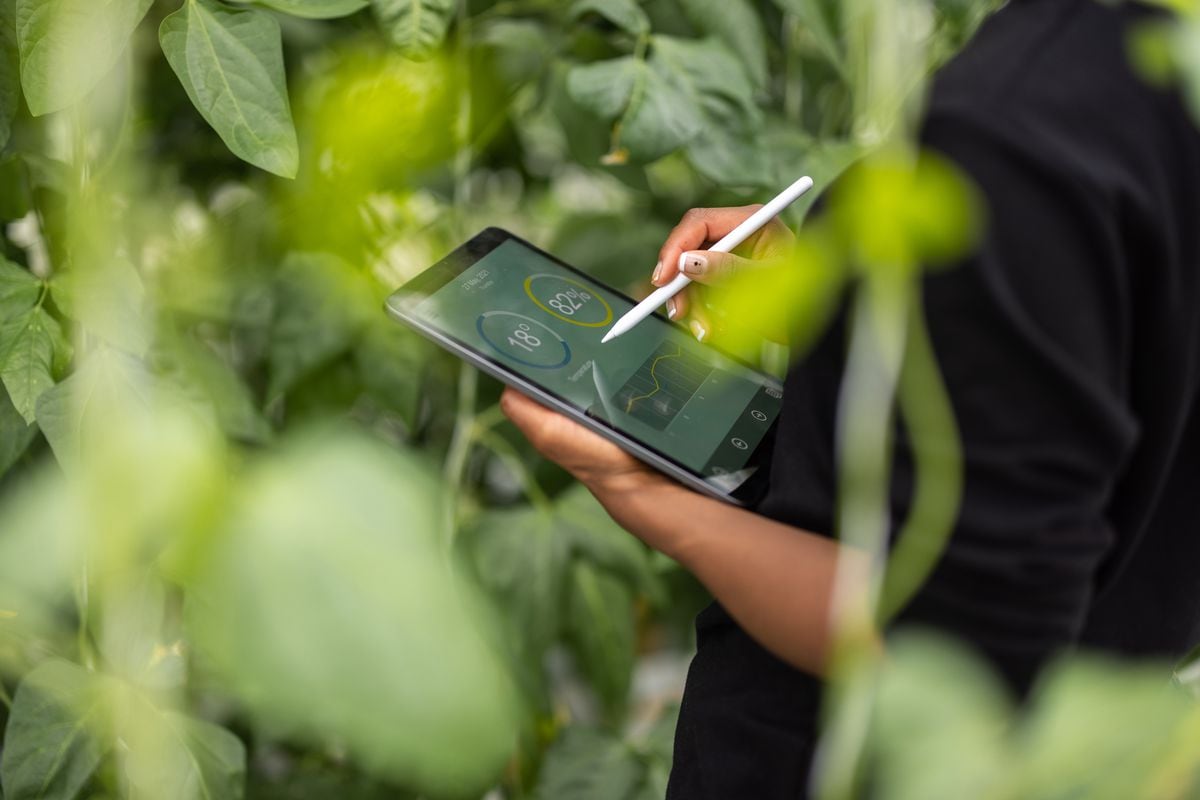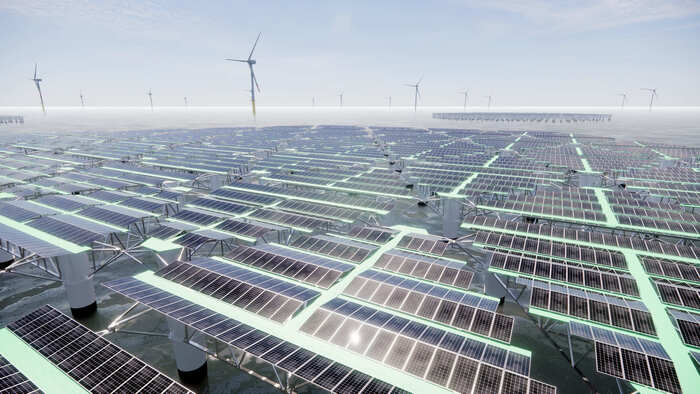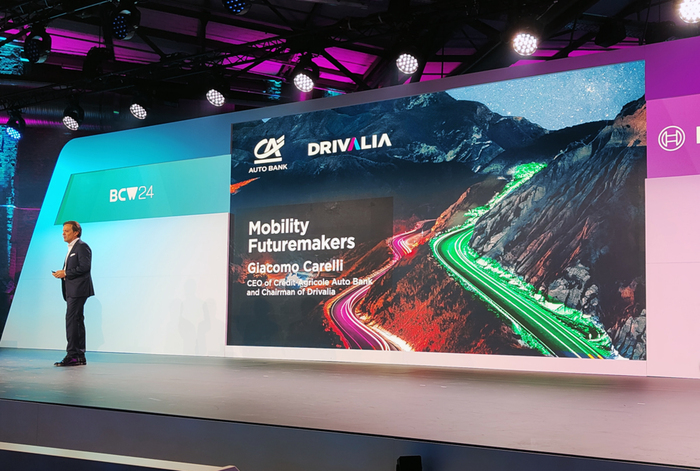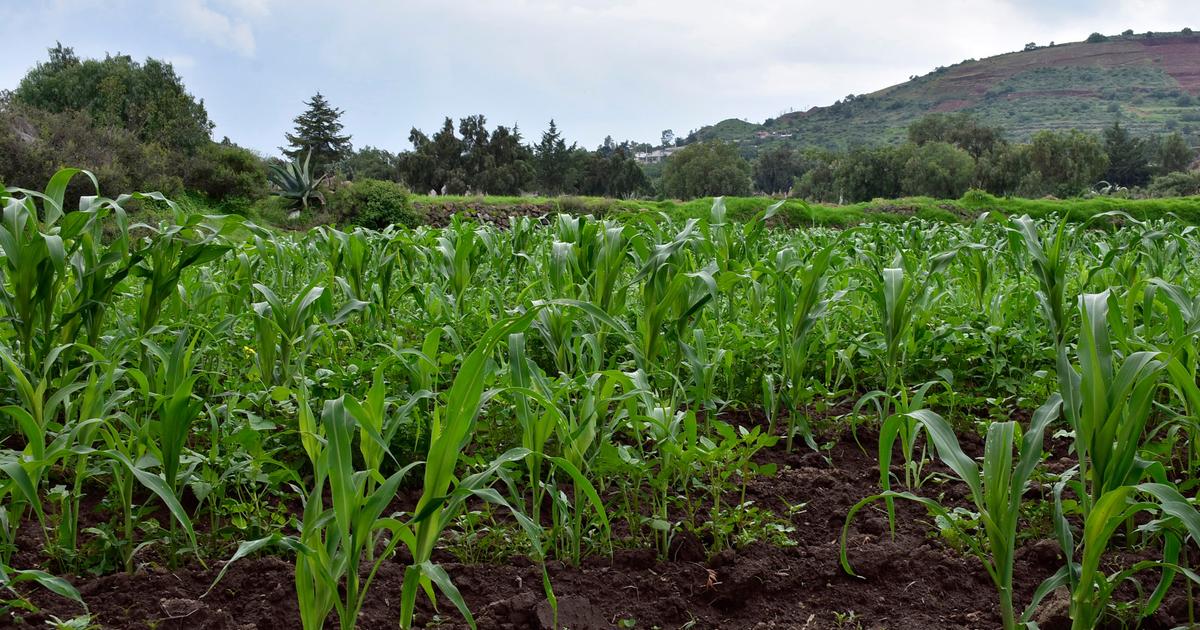EL PAÍS offers the América Futura section open for its daily and global informative contribution on sustainable development.
If you want to support our journalism, subscribe
here
.
Today everyone wants to be green and digital.
Gone are the days when the discussion on environmental sustainability went one way and that of productivity and digitization went the other.
Now, international organizations, governments and companies are between eyebrows (some more strategically than others) to sustainability and technological development.
But the fact that not everyone understands it as something indivisible and complementary may take away a very valuable competitive value in the advent of the Fourth Industrial Revolution.
The voices that advocate merging, or at least articulating, the green and the digital are increasingly notorious.
For example, the latest edition of the Latin American Economic Outlook, led by the OECD, CAF, ECLAC and the EU, calls for a digital and ecological twin transition.
UNESCO's work on artificial intelligence also has an exclusive chapter on its impact on the environmental agenda, not only to measure its footprint but also to develop tools that help preserve biodiversity and fight climate change.
For their part, development banks are reviewing their portfolios with these “new” priorities.
CAF recently achieved an important recapitalization with the objective of being the green bank of Latin America and the Caribbean.
The private arm of the IDB,
IDB Invest
, has spent years innovating in the matter with bonds.
These financial tools have become an important and growing source of financing in international markets.
The
GSSS bonds
(green, social, sustainable or related to sustainability) already represent a third of the emissions in Latin America, amounting to 18,000 million dollars annually.
This roadmap is given high priority.
In Spain, for example, the responsibility for digital and ecological transition policies falls on executive vice-presidencies.
The symbiosis is also evidently reflected in business policies (up to now mainly those of large companies) regarding the ESG (
environment, social and governance
) approach, which despite the fluctuations of the markets and some received criticism, are reinforcing the sustainability of their operations by adding the digital component.
Evidence also shows that decarbonization policies do not necessarily lead to economic slowdown in the short term (not to mention that only cleaner energy matrices will ensure sustainable economic growth in the long term).
From a macroeconomic point of view, using the OurWoldInData database, the majority of countries (101 of the 154 countries covered) showed GDP growth higher than CO2 emissions between 1990 and 2020 (+241% in country size). their economies compared to +43% CO2 emissions).
Furthermore, 38 countries registered economic growth (+158% comparing GDP in 2020 with that of 1990) while reducing emissions in absolute terms (-25% in the same period).
Of course, there are substantial differences between countries, and many additional variables to analyze, but it is clear that the argument that we have to choose between growth or environmental sustainability is completely outdated, although some echoes still resonate in certain sectors.
GDP growth compared to CO2 emissions. Own preparation
It is essential to advance in the initiatives with the greatest impact.
And understand that, for example, the installation of telecommunications infrastructures (from antennas and towers to the mobility of workers) is not green
per se
, so it is essential that the necessary expansion of these works is accompanied by strategies of neutrality certified carbon
Also, some technological developments probably won't pay off yet (such as blockchain
certification ).
for CO2 emissions), which requires prior cost-benefit assessments.
This also applies to artificial intelligence developments, in which it would be necessary to spend more time to ensure its necessity and impact before training the models with the use of data and energy that it implies.
Not to mention some activities that require greater, clear and effective regulation, such as cryptocurrencies.
The development of
the Internet of Things (IoT)
for urban management, mobility of people, energy use, waste recycling and management of industrial complexes is one of the safe bets in this mix.
The use of Big Data and cloud data to monitor the temperature of the oceans is also undoubtedly an outstanding advance.
The development of artificial intelligence tools or the use of 5G and sensors must be put at the service of the protection of biodiversity to capture information from remote areas at risk and georeferencing in real time as is done with airplanes, heavy machinery allowing to have information of who and how they use this equipment in the Amazon and in other places to preserve.
Or being inspired by nature itself to launch new technological developments are very promising areas.
The symbiosis between green and digital can and should go together.
Let's build it right.
Manuel Balmaseda
,
Ángel Melguizo
and
Víctor Muñoz
, founding partners of Argia, a consulting firm specializing in technology, economy and the environment.









